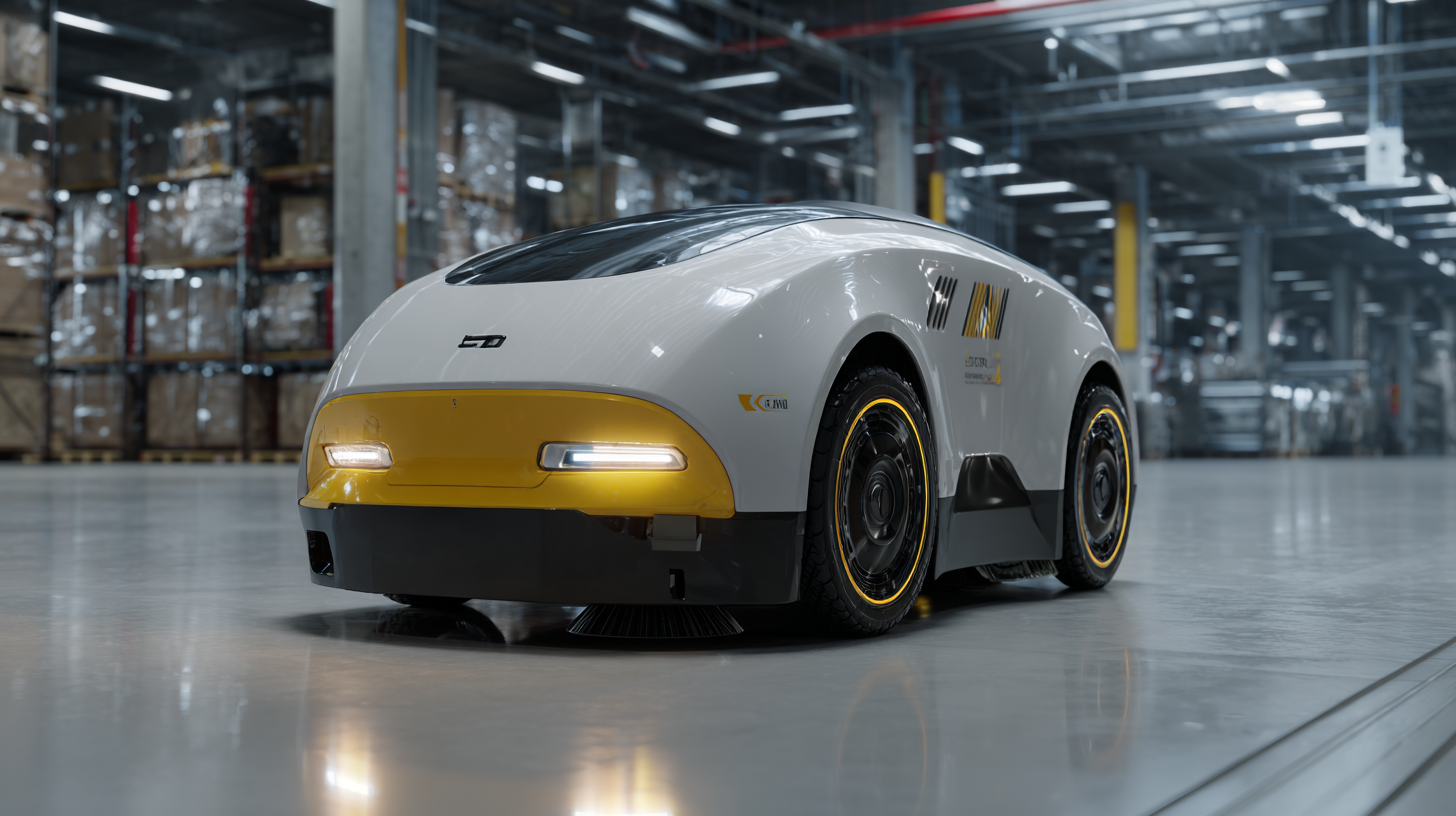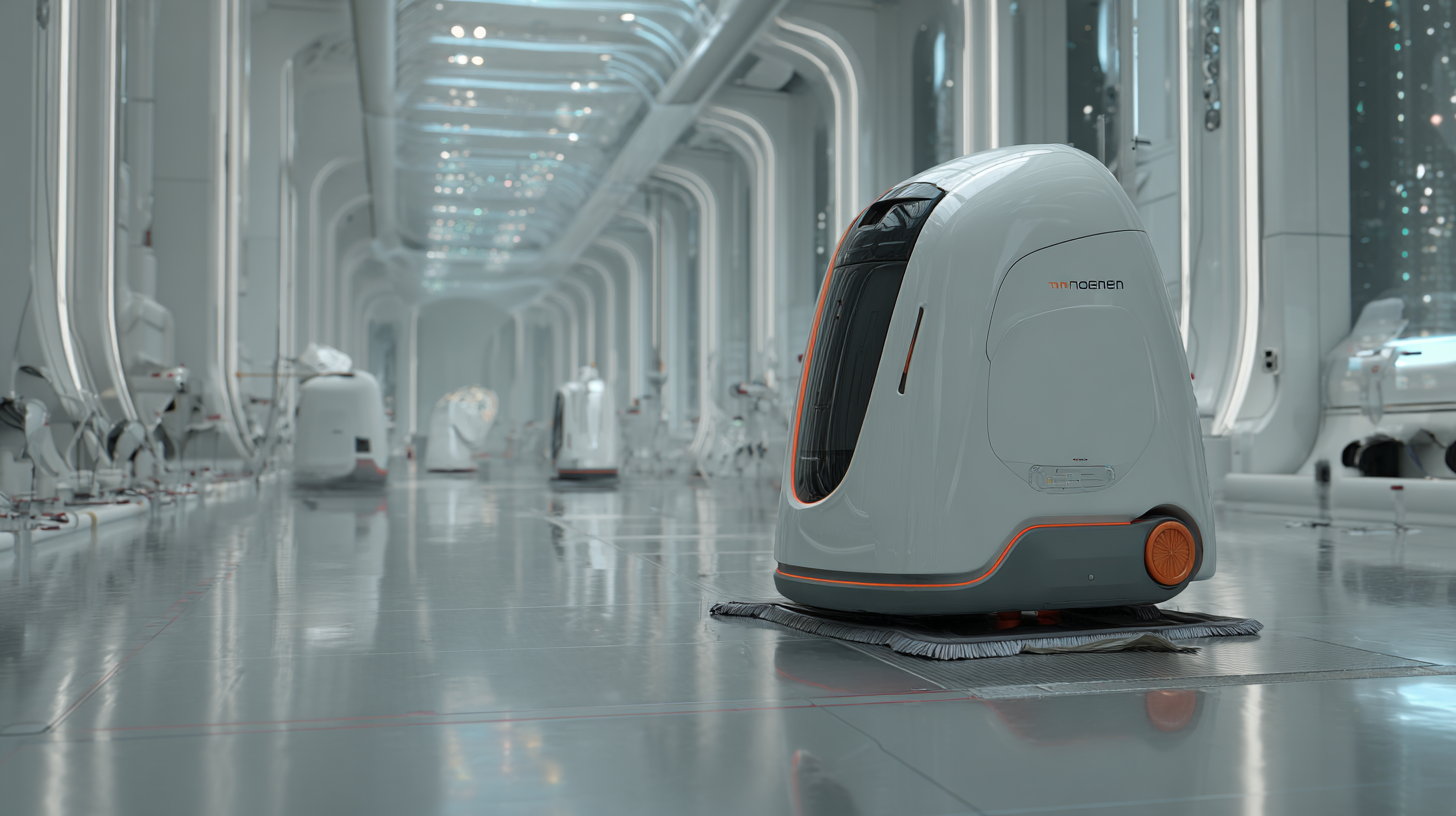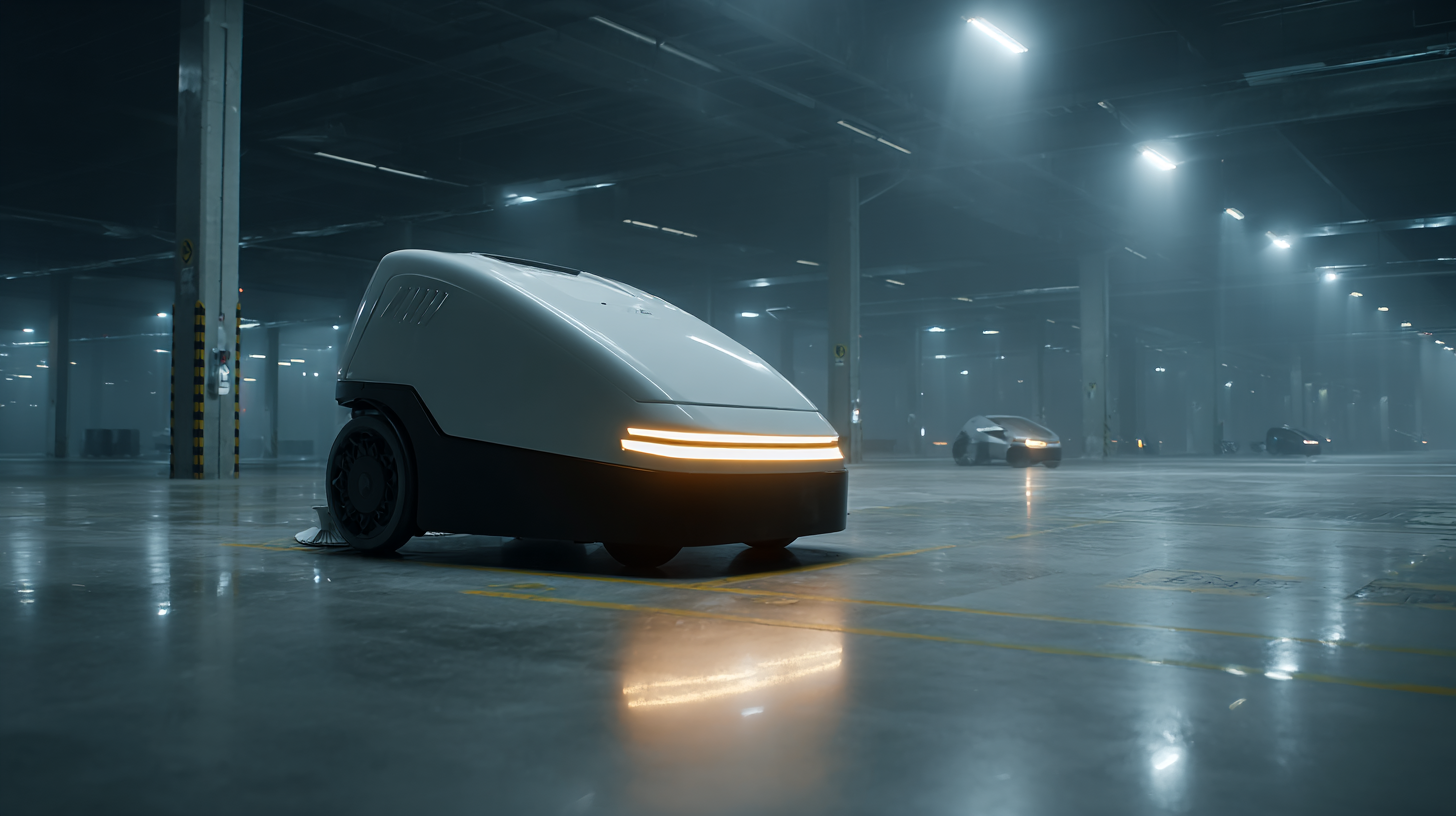Leave Your Message
As we step into the transformative landscape of 2025, the Floor Sweeper industry is poised for significant advancements driven by evolving technologies and consumer demands. According to a recent market analysis by Grand View Research, the global floor cleaning equipment market is expected to reach $9.2 billion by 2025, growing at a CAGR of 5.5%. This growth is propelled by the increasing emphasis on maintaining cleanliness in various settings, from commercial to residential. Moreover, innovations in robotics and automation are significantly reshaping the design and functionality of floor sweepers, making them more efficient and user-friendly. This blog aims to delve into the future of floor sweepers, exploring the latest technological developments, market trends, and practical applications that will define their role in our clean and hygienic future.

As we move towards 2025, the landscape of floor sweepers is being revolutionized by innovative technologies aimed at enhancing their efficiency. Advanced robotics and artificial intelligence are at the forefront of this transformation, allowing for smart navigation and real-time decision-making. These new-generation floor sweepers can map their surroundings, avoid obstacles, and optimize cleaning paths, offering unmatched performance in both commercial and residential settings.
Tip: When considering an upgrade, look for floor sweepers that utilize AI-driven sensors. This technology not only helps in efficiently managing larger spaces but also reduces the time and energy spent on cleaning tasks.
In addition to AI, IoT (Internet of Things) integration is becoming increasingly popular. Smart sweepers can be connected to mobile apps, providing users with the ability to monitor their performance, receive alerts for maintenance, and even schedule cleanings remotely. This connectivity enhances usability and optimizes cleaning schedules.
Tip: Explore IoT-enabled floor sweepers that allow for custom cleaning schedules. This feature ensures your space is maintained regularly without the need for manual intervention, saving time and effort.
As we look toward 2025, the landscape of floor sweepers is set to undergo significant transformations driven by advancements in technology and shifts in consumer demand. Modern floor sweepers are expected to integrate smart technology, such as IoT connectivity, enabling users to monitor cleaning performance and schedule cleanings through mobile applications. According to a recent report by Grand View Research, the global market for commercial floor cleaning machines is projected to reach $4.56 billion by 2025, highlighting the growing importance of efficiency and automation in cleaning operations.
Key design features of floor sweepers in 2025 will likely include enhanced battery life and eco-friendly materials, aligning with the increasing focus on sustainability. Many manufacturers are investing in high-efficiency particulate air (HEPA) filters and electric propulsion systems, which not only minimize environmental impact but also improve air quality during the cleaning process. Additionally, ergonomic designs that prioritize user comfort and ease of use are becoming essential, as studies have found that improved user experience can significantly boost productivity. Therefore, the convergence of technology, sustainability, and user-centered design will be central to the evolution of floor sweepers in the upcoming years.
As we approach 2025, sustainability trends are redefining the production of floor sweeping equipment. Manufacturers are increasingly focusing on eco-friendly materials and processes, aiming to reduce their carbon footprint. This shift not only reflects a growing environmental consciousness among consumers but also aligns with regulatory demands for greener manufacturing practices. Advanced materials, such as recycled plastics and biodegradable components, are becoming standard in the design of floor sweepers, emphasizing durability while minimizing environmental impact.

Tips for selecting sustainable floor sweepers include looking for models that feature energy-efficient motors and rechargeable batteries. These innovations not only enhance performance but also contribute to lower energy consumption. Additionally, consider equipment that incorporates modular designs, which allow for easier repairs and upgrades, subsequently extending the product’s lifecycle.
Another key trend is the integration of smart technology in floor sweepers. Features like real-time monitoring and maintenance alerts can inform users about optimal performance and energy use, promoting more efficient cleaning practices. By embracing these technologies, consumers can enhance their cleaning routines while supporting sustainable manufacturing efforts. Investing in greener floor sweeping equipment not only benefits the environment but also supports a market shift towards more responsible practices.
The impact of global market trends on Chinese floor sweeper exports is poised to be significant as we approach 2025. According to recent market research from Grand View Research, the global floor cleaning equipment market is expected to reach $29.5 billion by 2025, growing at a compound annual growth rate (CAGR) of 5.8%. This growth is driven by increased demand for automation in cleaning processes, especially in commercial sectors and urban areas, where efficiency is paramount. Chinese manufacturers, known for their competitive pricing and innovation, stand to benefit greatly from this expanding market.
As businesses and consumers alike gravitate towards smart and efficient cleaning solutions, Chinese floor sweeper exports are likely to rise. Data from MarketsandMarkets indicates that the automation of cleaning processes will account for nearly 40% of the market share by 2025, emphasizing the need for advanced technology. Chinese companies should focus on enhancing smart features in their products, such as AI integration and IoT capabilities, to stay ahead.
Tip 1: Invest in R&D to incorporate cutting-edge technologies in floor sweepers, which can help in appealing to international markets.
Tip 2: Establish partnerships with local distributors in targeted markets to streamline the export process and respond effectively to customer needs.
With a proactive approach to these trends, Chinese exporters can position themselves favorably in the evolving technology landscape.
The future of floor sweeper manufacturers faces a dynamic landscape shaped by rapid technological advancements and shifting market demands. As automation and AI continue to redefine operational paradigms, manufacturers must navigate the challenges of integrating these technologies into floor sweeping solutions. This involves not only enhancing product efficiency but also ensuring that their offerings remain competitive in an increasingly automated working environment, where the balance between jobs lost and jobs gained will play a crucial role.
Moreover, sustainability will emerge as a central theme for manufacturers in the coming years. With the emphasis on clean energy solutions and smart manufacturing practices, companies will need to innovate in recycling and eco-friendly production methods. The ability to leverage big data analytics across the product lifecycle can support these initiatives, driving efficiencies and reducing waste. Embracing these opportunities will not only position manufacturers to thrive in 2025 and beyond but also contribute to a greener future in the commercial cleaning industry.

